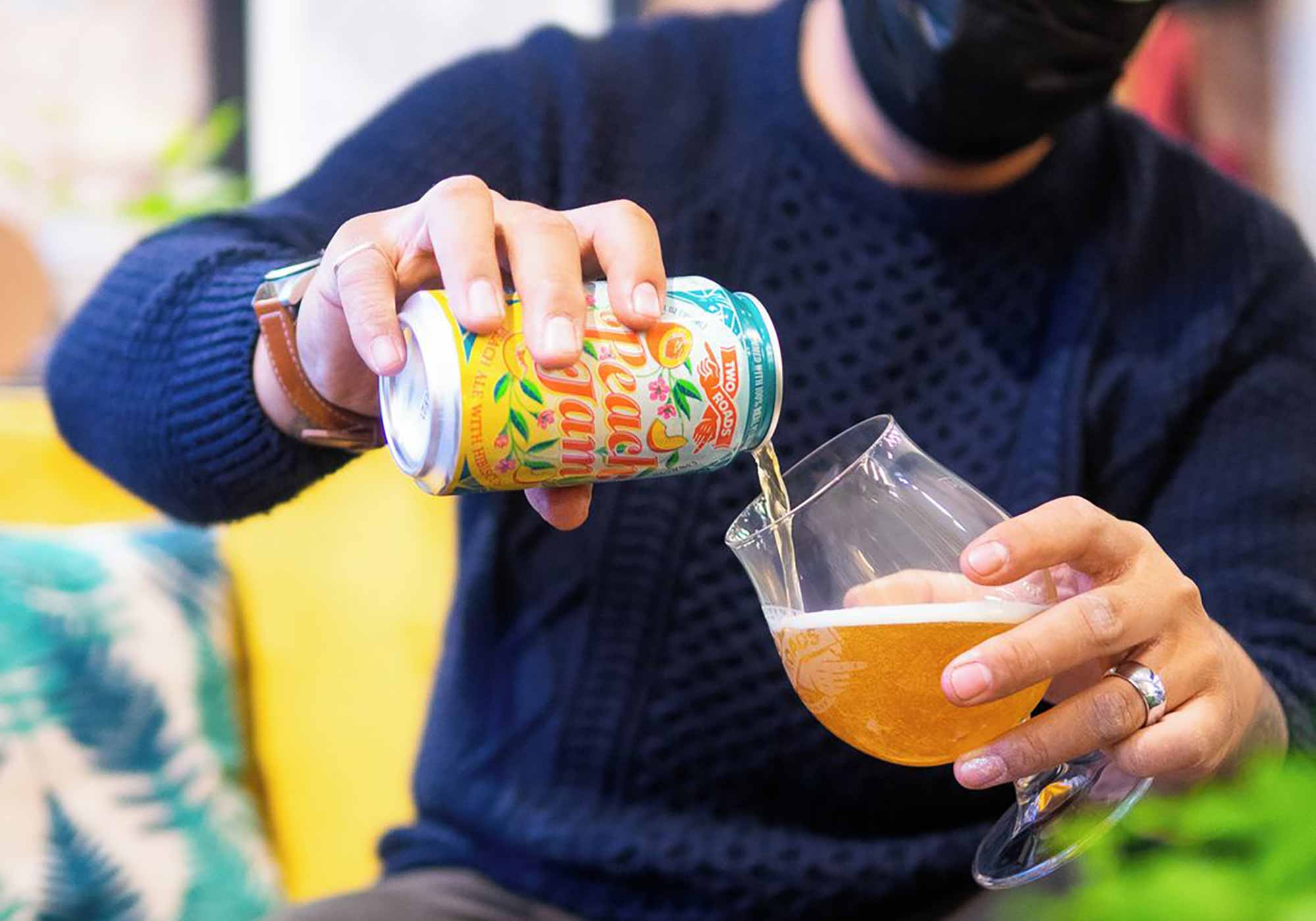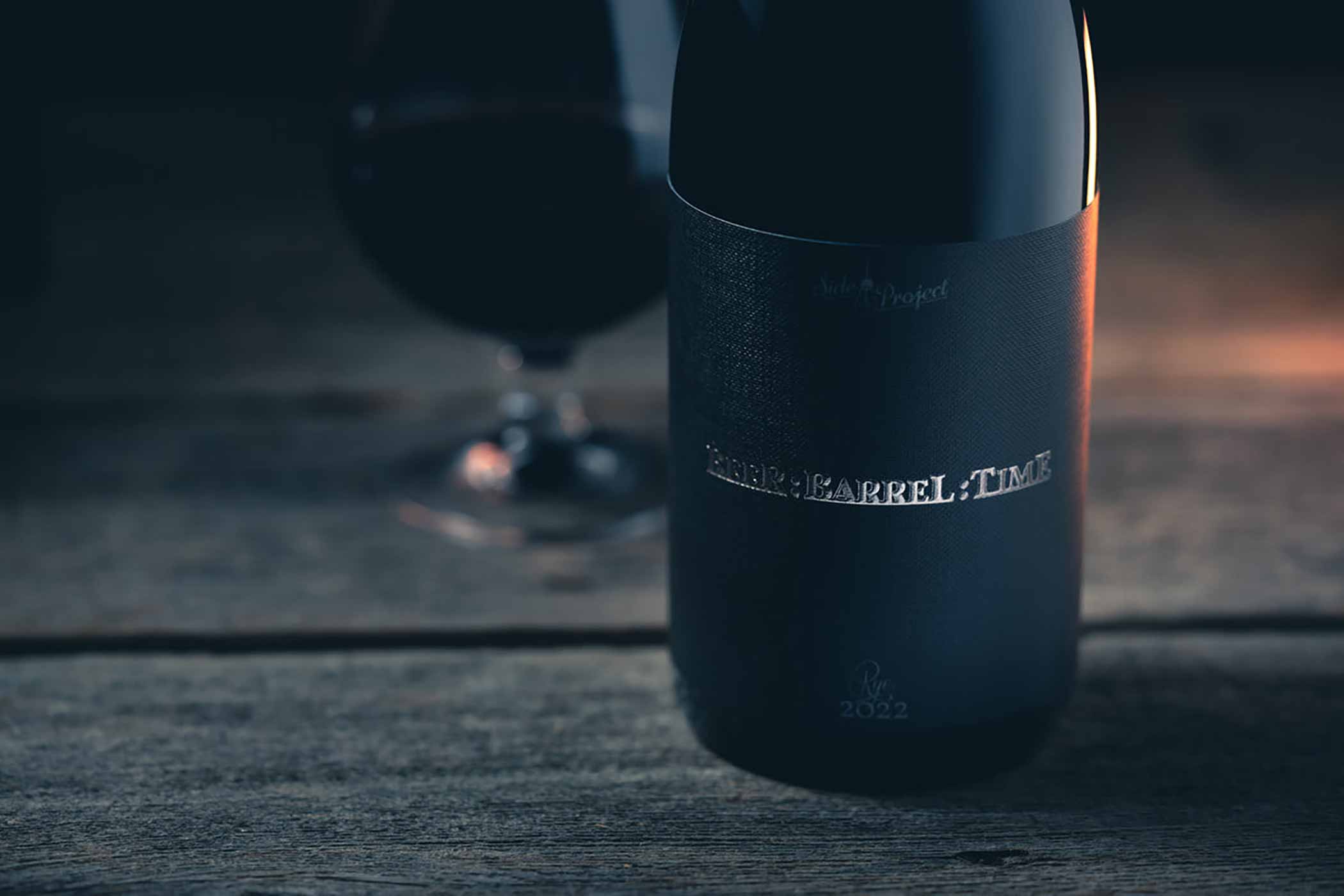Shop
The 5 Ways COVID-19 Changed People’s Drinking Habits
The lowdown on lockdown drinking
The COVID-19 pandemic has changed everything in our lives from the way we drink and eat out to the way we approach personal safety and hygiene. Saying that everybody’s lost something throughout the COVID-19 pandemic is a gross understatement. Of course, there are degrees of loss. Many are better off than others and many more are worse off. So it goes. Grandparents lost time with their grandkids. Parents lost time with their parents. Kids lost time socializing with other kids. Friends lost facetime socializing with friends. Small and large businesses lost their goods in the supply chain crisis. For craft beer drinkers specifically, the COVID-19 pandemic has caused a huge shift in drinking habits, especially what we drink and how we drink.
Quickly Looking Back: Drinking During Lockdown
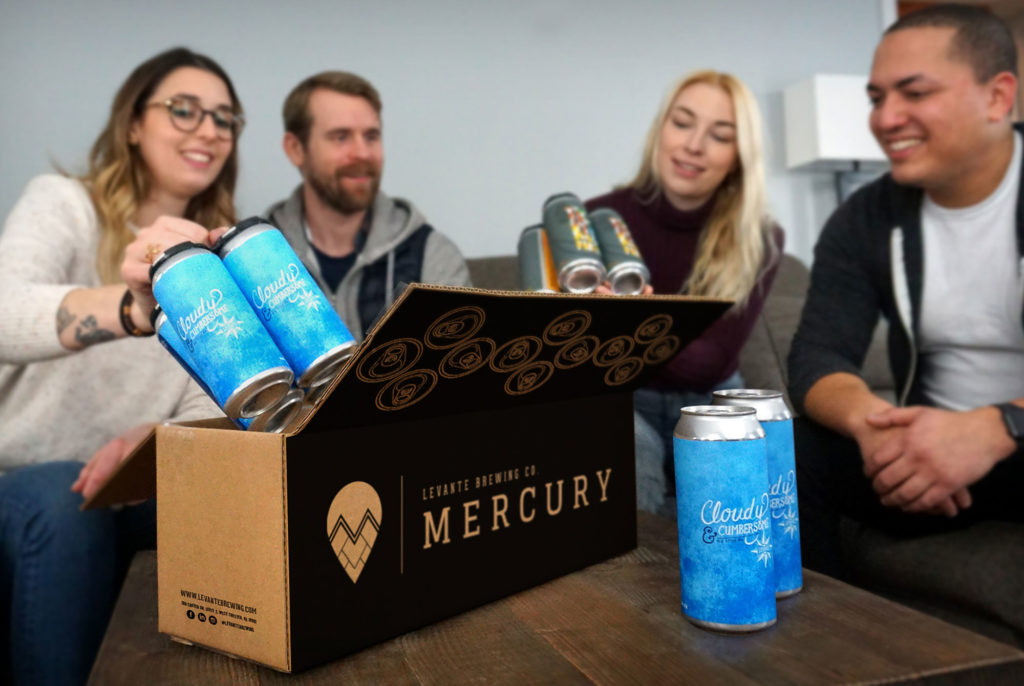
Photography courtesy of Levante Brewing
When the COVID-19 pandemic first caused cities around the world to lockdown we all retreated into our own oasis. We were nervous. We were scared. And we didn’t really know what was going on. It seemed like every day we were walking on eggshells (except we weren’t physically walking anywhere). The coronavirus outbreak often felt like a Jenga tower, removing one crucial block caused the entire tower to collapse. And we didn’t want to upset the tenuous balance.
When things look that bleak, we often turn to familiar indulgences as a source of comfort. Put simply: During lockdowns, you might have taken a greater than usual fancy to drinking adult beverages. It’s fair to guess that folks raised a glass more often than usual to get through the worst of the COVID-19 pandemic. You might still be drinking more even though we’re in a phase that’s less worse. But still not great.
But what actually happened with folks drinking habits during quarantine? Did some people start drinking more? Sure. (We certainly did as you can tell from the top 10 beers we drank in October) Did others drink less? Indeed. Did others still switch from their preferred drink of choice and go with their second pick? Did they start buying from stores and stop buying direct from breweries, or vice versa?
And in all of this, what was going on with the breweries themselves? The global pandemic has shown us gaping holes in America’s infrastructure and general approach to modern living. Additionally, it’s shown us that the unexpected is always what should be expected. Unintended consequences of safety procedures, ignoring safety procedures, and adaptation are endless. This applies to the beer world, too.
Hop Culture took to the digital streets, reaching out to consumers and breweries through social media as well as by email to unravel the threads of COVID-19’s impact on the craft beer industry from the sales side of brewing to the drinking side. What we found surprised us, except when it didn’t:
The 5 Ways COVID-19 Changed People’s Drinking Habits
1. People Drank Less Beer Overall
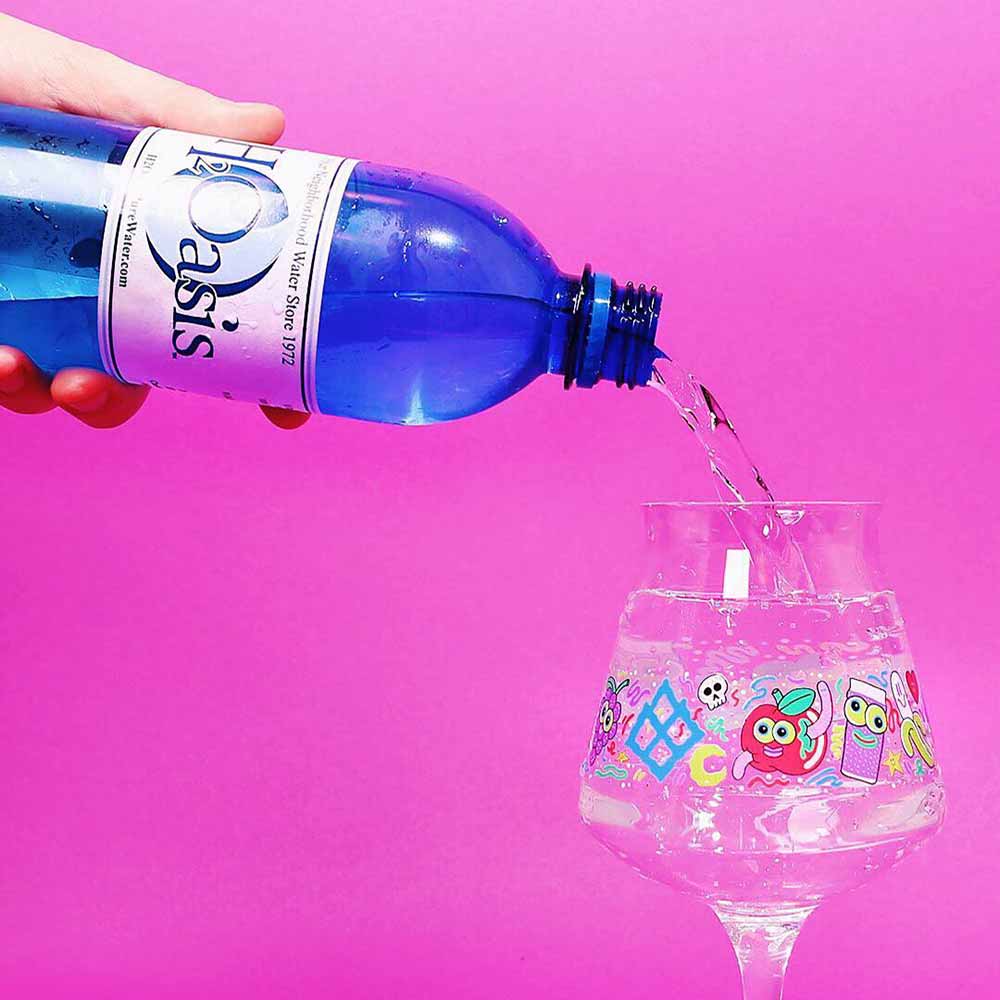
Photography courtesy of John A. Paradiso
Clashing with assumptions and perception, the COVID-19 pandemic actually gave people a reason to drink less, not more. Or at least to drink non-alcoholic options.
One participant, Felicity Doyle, reported drinking “less overall, including beer,” owing the reduction to “tolerance levels and desire waned dealing with the ins and outs.” The negative consequences of drinking, for some, weighed more heavily under the lockdowns than in better times.
For others, curbing beer consumption had to do with practical and logistical reasons. “My beer consumption dropped because I couldn’t get draft beer while out anymore,” says Deirdre Crimmins (@dedecrim on Twitter).
This was a common response among those surveyed: Without access to draft beer, whether at bars or at breweries, people simply drank less beer. Even after breweries adapt with innovations like curbside pickup. “When the pandemic started, I was no longer going to bars and restaurants, so my beer drinking went to almost zero,” says Twitter user @TheLadyStranger.
By its nature beer is most often consumed (and arguably best enjoyed) in crowded gatherings. So for many, drinking beer by themselves during quarantine wasn’t as appealing.
From brewers’ perspectives, the story stays the same. “Having less access to restaurants, sporting events and concerts, meant there were fewer occasions that I would be out as a beer consumer,” says Peter Licht, brewmaster of Hermitage Brewing Company in San Jose, CA. Licht didn’t change his drinking habits, but simply drank “more of my own [beer] and less from other breweries.”
Without a physical place to drink beer, some people drank less overall.
Even as cities have eased restrictions on going out it appears customers are still drinking less. Adam Romanow, founder and president of Norwood, MA’s Castle Island Brewing Co., noticed customers buying fewer drinks once their taproom reopened. “[With] between ninety minute table limits, mask restrictions, and a generally more ‘tamped down’ atmosphere/experience, we saw people consuming one-to-two beers on their average stay, compared with, well, more than that pre-pandemic,” says Romanow. He adds that he has seen consumption ticking back up recently, but not to the same level as early 2020 or 2019.
2. And Yet People Drank More Beer!
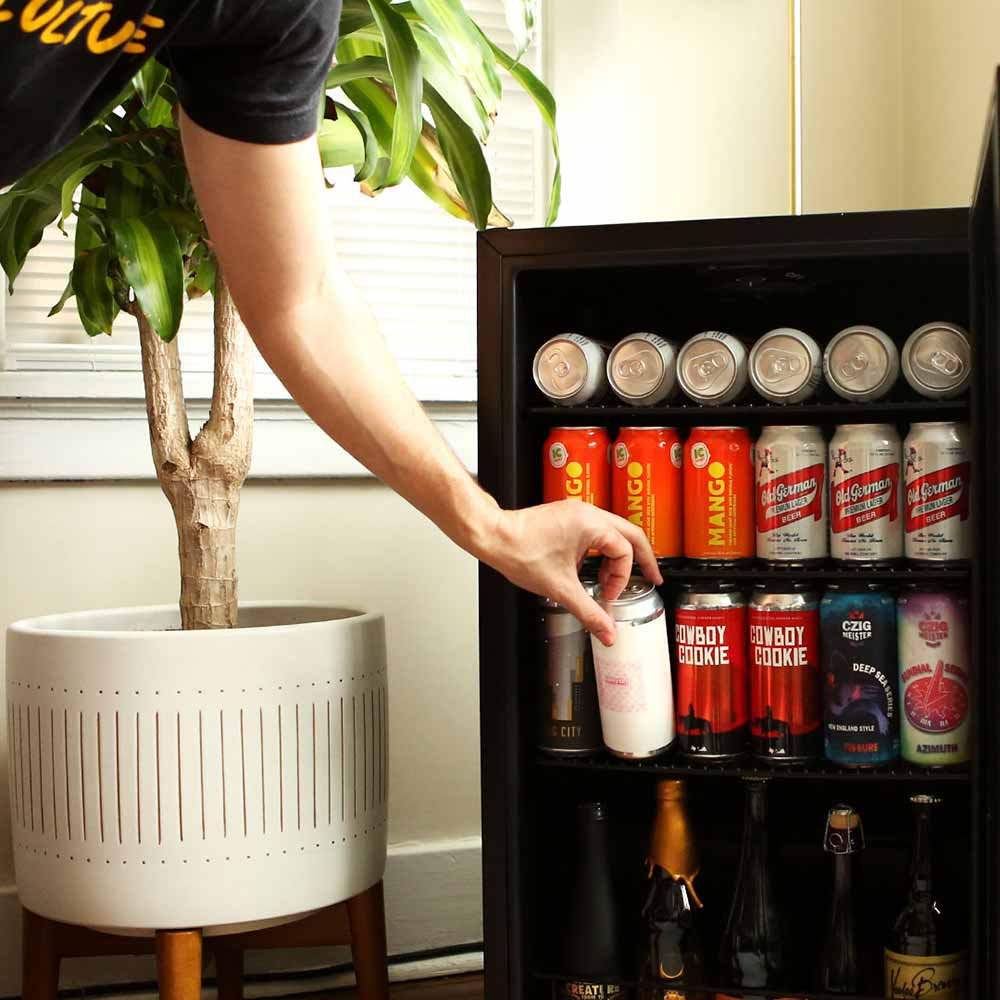
Photography courtesy of John A. Paradiso
Look, the COVID-19 pandemic affected everyone’s drinking habits a little bit differently. So yes, this might seem like a contradiction, but in reality is it that surprising? COVID forced us all to rethink our priorities, but it also restricted our movements outside of our houses. This finding may seem to clash with the previous point, but it’s natural that people’s alcohol consumption went up or remained the same in the specific confines of their home.
Crimmins points out that even though she drank less beer in total, she still enjoyed the same amount at home as per usual.
Meanwhile, Myriam Sassine reports that she did “much less drinking, but much more beer as it’s a casual drink that you don’t feel weird drinking alone at home or in small, informal gatherings.”
Drinking beer is, in some ways, less of a commitment than drinking wine, which requires you to open a bottle and then properly store it. Or cocktails, which require preparing and mixing.
Another reason why drinking beer at home became more convenient is that breweries made it easy to stock your fridge through COVID-19’s toughest stretch. Plus, the existence of delivery apps a’la Drizly offered another avenue for bringing the beer to your door without risking exposure.
3. People Tried New Drinks
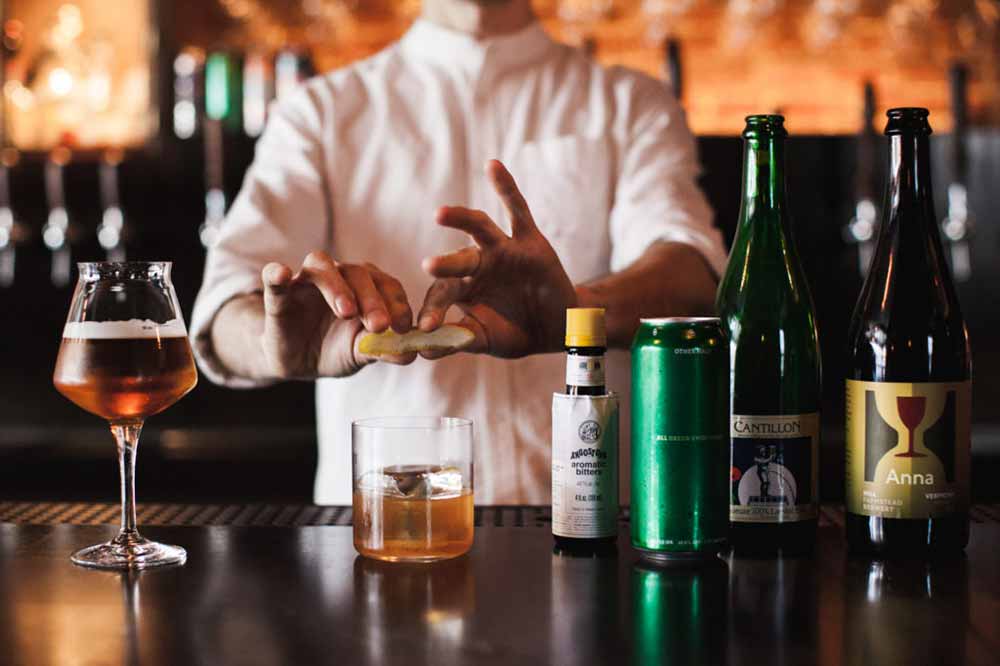
Then again, there is something to be said for home mixology. We all picked up new hobbies and new skills during lockdown. (For example: I learned how to smoke meats on my grill and bake a damn tasty loaf of artisan bread.)
Making cocktails is fun, creative, surprisingly therapeutic, and results in a tasty drink. “I actually got really into making cocktails,” says Crimmins. “I couldn’t recreate the keg at home, but I could make a damn fine fancy drink.”
Then again, if you have a bottle of really good bourbon, maybe skip the shakers and strainers. “In the early days, we opened a bottle of Blood Oath,” says Kristofer Jenson via Twitter. “Since then, bourbon and scotch are almost all I drink. Except for craft beer favorites – Allagash White, Victory Golden Monkey, Skull Splitter – Jenson isn’t drinking beer at all.
@TheLadyStranger split the difference between savoring her liquor straight and blending it with other ingredients. “I began enjoying a bit of whiskey or a cocktail before or after dinner in the evening at home a few times a week,” she explains.
4. Breweries Took a Dive
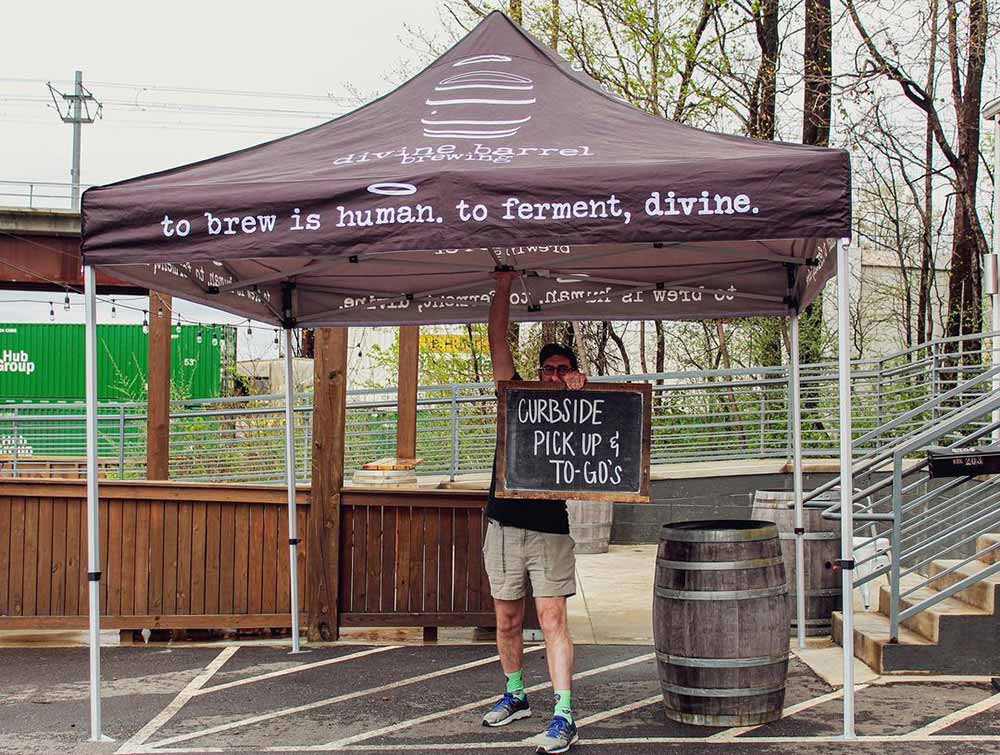
Photography courtesy of Divine Barrel Brewing Co.
Breweries have had a rough year. Many things have placed a strain on breweries including limited access and availability of their products and altered preferences among key demographics. “As a craft beer producer, our taproom closed and keg sales went to almost zero,” says Licht, noting that Hermitage made keg sales account for sixty percent of their volume pre-pandemic. However, their can sales went up. But package volume alone couldn’t make up for keg revenue drying up. Licht can’t say with certainty if beer sales changed for Hermitage’s customers overall, but the brewery undoubtedly has sold less of its brand over the pandemic’s course.
“I suspect purchasing shifted from bars and restaurants, and specialty beverage stores, to large chains that stocked groceries, toilet paper, and mass produced beer,” suggests Licht. “The craft brewers have less access to this market, so probably craft business suffered as a result.”
5. Hard Seltzer Rose, Then Fell…Hard
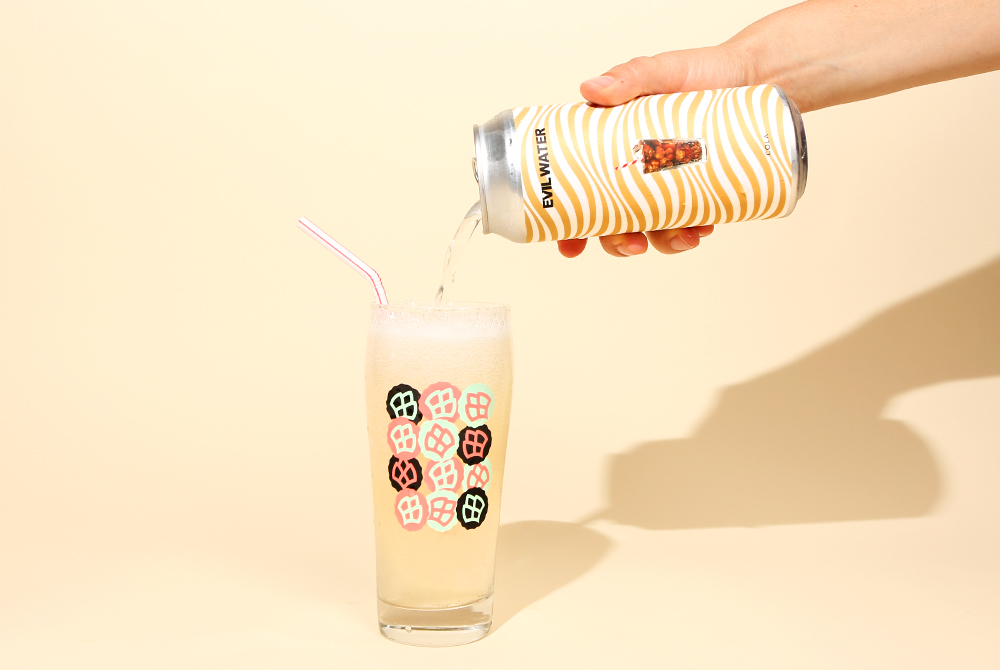
Photography courtesy of John Paradiso
Hard seltzer sales are another culprit in craft beer’s buckling bottom line. People want to drink without piling on calories or without getting blitzed. Seltzer is the perfect alternative for those people, or at least it’s perfect for em>them. It’s less perfect for craft brewers themselves.
Romanow clarifies that it isn’t the actual selling of seltzer that cuts into breweries’ bottom lines. The problems seltzer creates for breweries occur outside of the breweries themselves. “What [seltzer] has done is made it harder to find growth in the off-premise,” he says. “Seltzer now dominates at least one cooler door – if not more – and it’s gobbling up loads of floor space, from the largest big box stores to the smallest mom and pops.”
With seltzer capturing that much real estate in stores, growth becomes more of a challenge for craft breweries, which Romanow adds “has contributed to slow growth in craft.”
For breweries that did see growth from its hard seltzer sales they may be in for a rude awakening. A few of the larger breweries in the hard seltzer market have seen their sales plateau this year. After enjoying plenty of upfront popularity, the brakes have ground to a halt for this bubbly beer alternative. If the big guys are struggling with hard seltzer, then it’s easy to imagine how the impact of those struggles might trickle down to smaller outfits, too.
So, Where Does This All Leave the Future of Craft Beer?
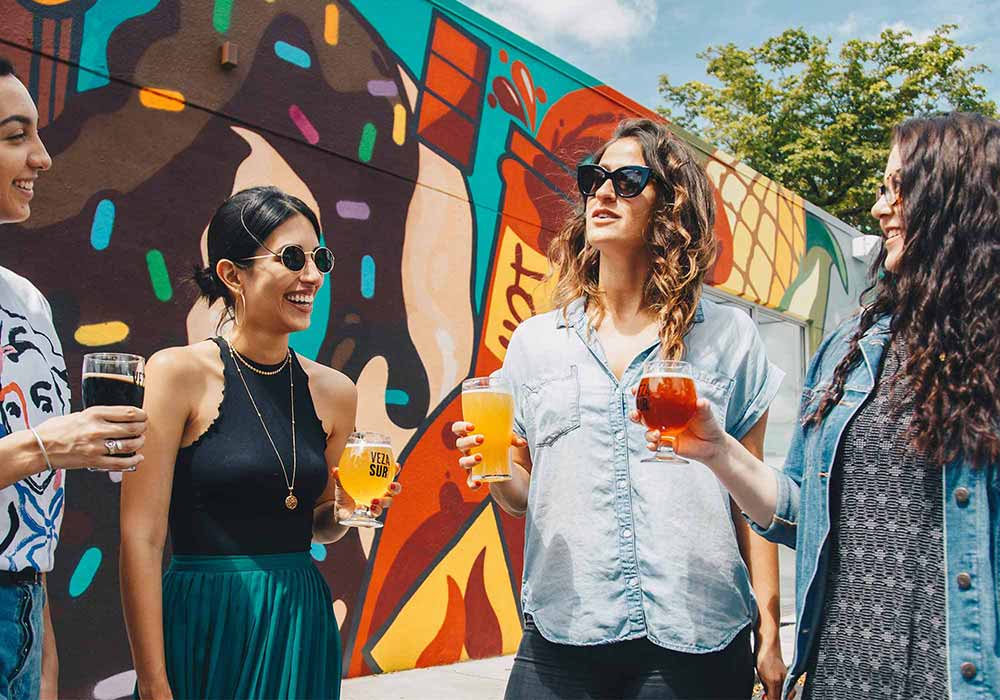
Photography courtesy of Elevate | Unsplash
There’s a big question mark on where all of this leaves craft brewing, and an even bigger one on where craft brewing is going. The pandemic isn’t going anywhere anytime soon. Even if cases across the U.S. are steadily dropping, people are still hesitant to visit breweries. Or engage in any other kind of public activity. Frankly, it seems that COVID-19 has a two-month cycle where it wanes and then waxes. Often we are left wondering when the next flare up will happen. But what we can say with certainty is that the way people consume beer, where they consume beer, and whether they consume beer at all, has changed through the pandemic – and maybe changed for good.

